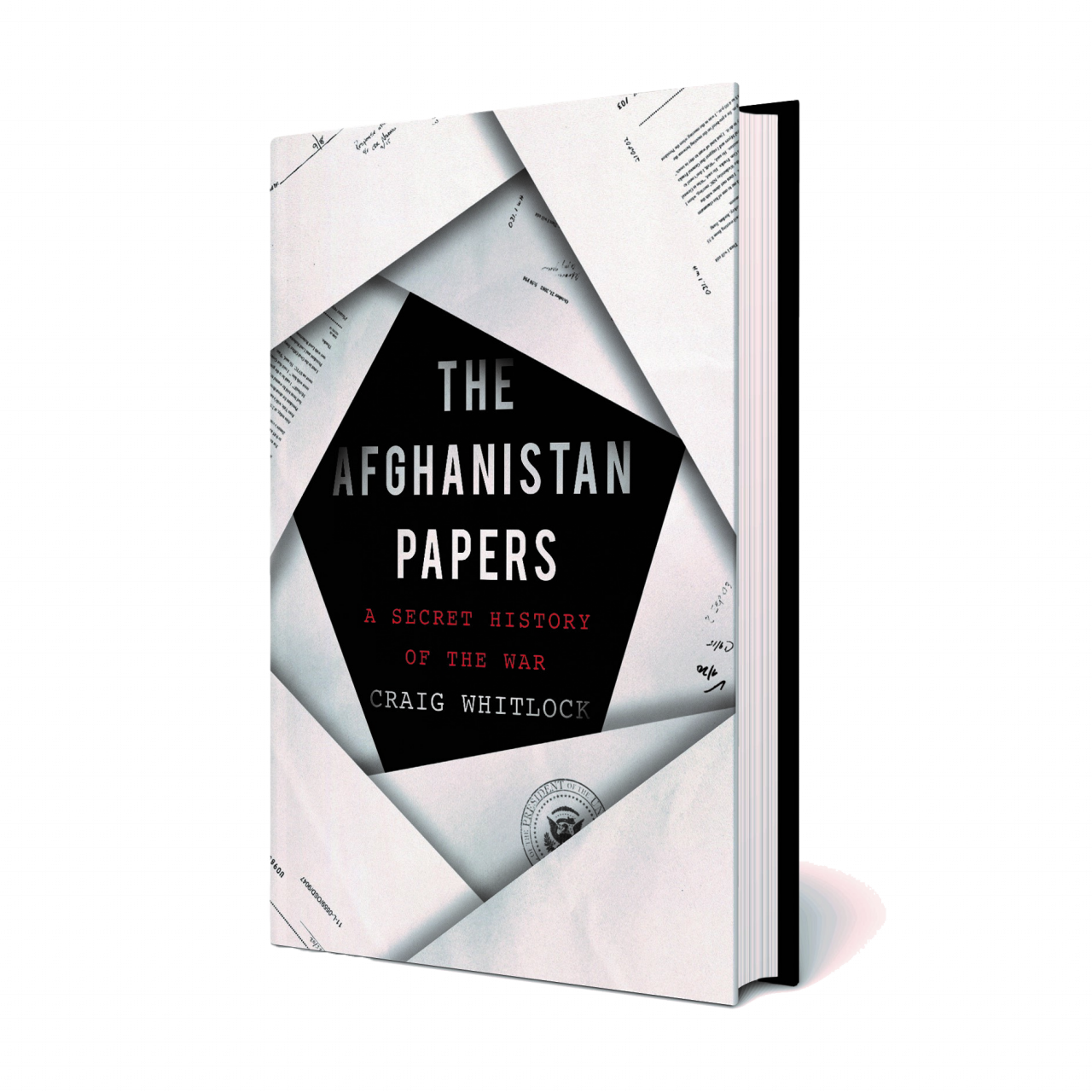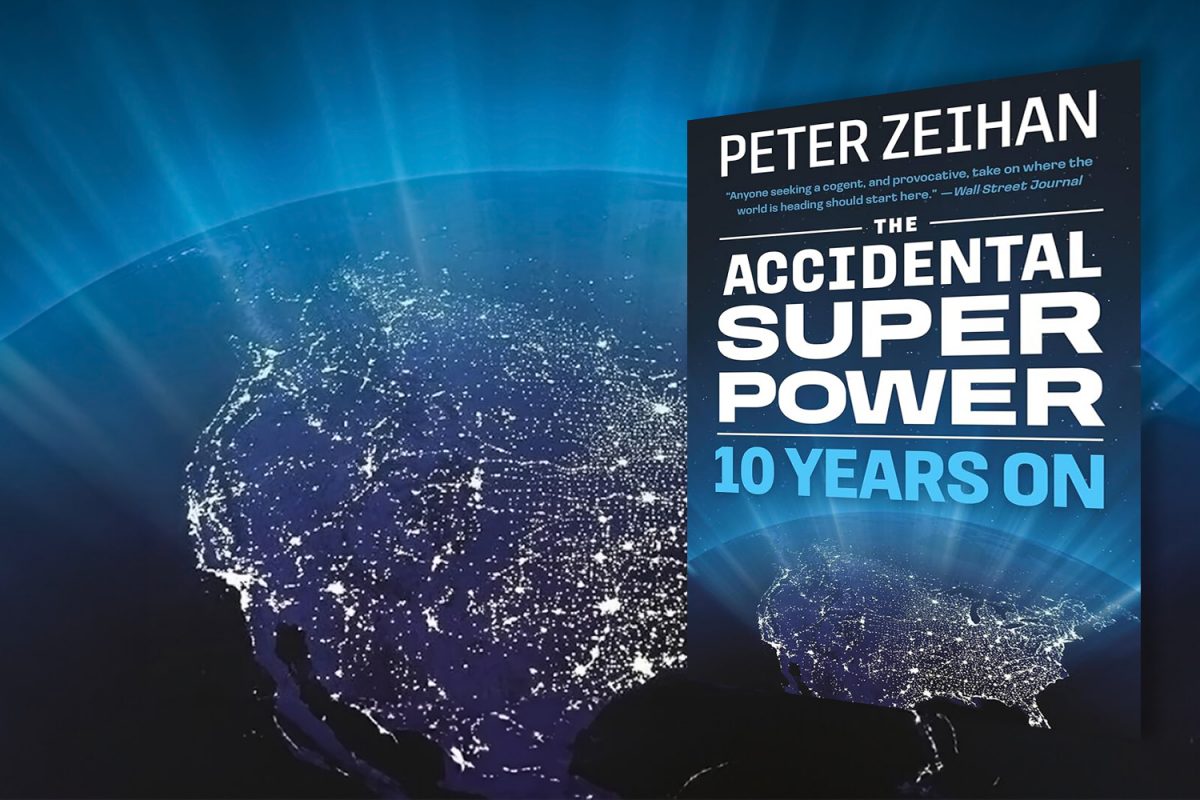The Afghanistan Papers: A Secret History of the War 
By Craig Whitlock
2021
I’ve been watching Afghanistan since the invasion back in 2001 and written plenty of analysis on all the developments. But when US forces withdrew at the end of August 2021, I was keen to look at Afghanistan from the perspective of those who were directly involved in the US invasion and occupation. I got lucky as the Washington Post’s Craig Whitlock just published his book, The Afghanistan Papers. The book is based upon a project titled ‘Lessons learned’ carried out by an obscure US federal agency, the Office of the Special Inspector General for Afghanistan Reconstruction, or SIGAR. The agency interviewed hundreds of participants in the war which was intended to diagnose policy failures in Afghanistan. SIGAR carried out interviews over 13 years with various policy makers, soldiers, politicians and others that participated in the war in Afghanistan.
The Washington Post requested the lessons learned document files, but SIGAR delayed and resisted the requests. The Washington Post had to file two federal lawsuits to compel SIGAR to release the Lessons Learned documents. After a three-year legal battle, SIGAR finally disclosed more than 2,000 pages of previously unpublished notes of interviews with 428 people who played a direct role in the war, from generals and diplomats to aid workers and Afghan locals. The Washington Post published their findings in December 2019 and Craig Whitlock of the Post compiled his detailed findings in his book – The Afghanistan papers.
The immediate thing that smacks you in the face is the frankness of those who were interviewed in the lessons learned project. They were speaking frankly because they assumed their remarks would not become public. The Afghanistan Papers is a book about failure and about lying about failure, and about how that led to yet worse failures. The consistent theme throughout the book is that the US never quite knew what it was doing in Afghanistan. Were soldiers there to combat Al Qaeda or turn Afghanistan into a modern Western-style democracy? The mission seems to have never been set, allowing US policy to drift for decades, and without a clear goal, the tactics changed as well. Troops were surged into the country and then pulled out. American dollars sloshed through the Afghan economy, earmarked for an almost infinite number of projects without an overarching goal, save to spend every dollar that Congress appropriated. The book confirms US officials confessed to SIGAR that the war plans had fatal flaws and that Washington had wasted billions of dollars trying to remake Afghanistan into a modern nation.
Regarding the war itself the book confirms from those that participated in it and those that sent the US military to war that there was an explicit and sustained effort by the US government to deliberately mislead the public. Officials at military headquarters in Kabul—and at the White House—routinely distorted statistics to make it appear the US was winning the war when that was plainly not the case. All of those who were interviewed in the lessons learned project agreed there was no strategy despite the public announcements.
Regarding nation building the US military was as confused about it as everybody else. US officials said they would not be nation building, but that’s exactly what they did. Instead of bringing stability and peace, the US built a corrupt, dysfunctional Afghan government that depended on US military power for its survival. All agreed there was no strategy despite public announcements. To compound this the US worked with the worst of the people in Afghanistan. Pentagon officials confirmed the US government took a “schizophrenic” approach with the warlords from the start and never straightened it out. The US continued to work with Abdul Rashid Dostum despite his reputation.
The American public is still trying to understand how the Afghan army that the US trained, funded and armed capitulated so rapidly in August 2021. Whitlock details how the US attempted to raise an army from the ashes in Afghanistan. Year after year, US officials reassured the American public that the plan was working and gave the Afghan forces rave reviews. But the US tried to create an army in the same manner as the US army, with military bases and infrastructure when the country had little of its own infrastructure. In the end the army only existed on paper as many just wanted to get paid as the economy was in freefall. Many officials also created ghost soldiers in order to pocket the dollars the US was dishing out.
Whitlock provides a detailed insight into the US war on opium in Afghanistan. The invasion of the poppy fields marked the start of Operation River Dance, touted by the US as a major escalation in its war on opium. It was a two-month eradication campaign where the Afghan government was lauded with praise and the US took credit. But Whitlock detailed that none of this was true and US officials, soldiers and Afghan officials all knew this too. The strategy entailed paying farmers to destroy their poppy crop, but they continued to grow them as others were paying them even more to grow their crops, this included Afghan government officials.
Barack Obama made Afghanistan his main priority in his election campaign. He believed the US had neglected the real war when it invaded Iraq. After conducting his own review, he believed like his predecessor the war could be won and appointed David Petraeus and General Stanley McChrystal to actualise the belief that Afghanistan could be won. Both generals developed a counter insurgency strategy that never really dealt with the underlying issues. The counter insurgency strategy was the same strategy attempted in 2004, but this time with a fraction of the troops. The McChrystal-Petraeus plan failed to determine whether they were actually fighting a war in Afghanistan, engaged in a peacekeeping operation, leading a training mission, or doing something else. Despite this glaring omission Obama and the US government put on a united face and kept saying to the public that things were going well.
The book delves into the various infrastructure projects, schools, highways and social work to improve Afghanistan that the US constantly took credit for. Whitlock highlights that the US government approved so many projects that it could not keep track of them all. Turnover among USAID staff and its contractors was so high that the people who drew up the plans rarely stuck around to see them through to completion. Follow-up inspections were sporadic, in part because civilian aid workers needed military escorts to move around the country. Whilst the US had an endless pit of money all its projects failed, none of them made sense as they were merely to show progress was being made.
Whitlock ends his book with a review of the Donald Trump strategy. He arrives at the conclusion that despite all the fighting talk his strategy was no different to his predecessors and the only addition was the lies used to justify staying in the country.
The book is full of the details that fill in the pieces that were not known and gives a lot of meat to the macro picture. The book is a tactical look at the Afghan war and does not review the strategic objectives of the Afghan invasion as well as the real reasons for the invasion back in 2001. The book looks at the Afghan occupation from all perspectives and this provides many details that were not known previously. All this makes this book essential reading in understanding how the US has become the latest victim in the graveyard of empires.




